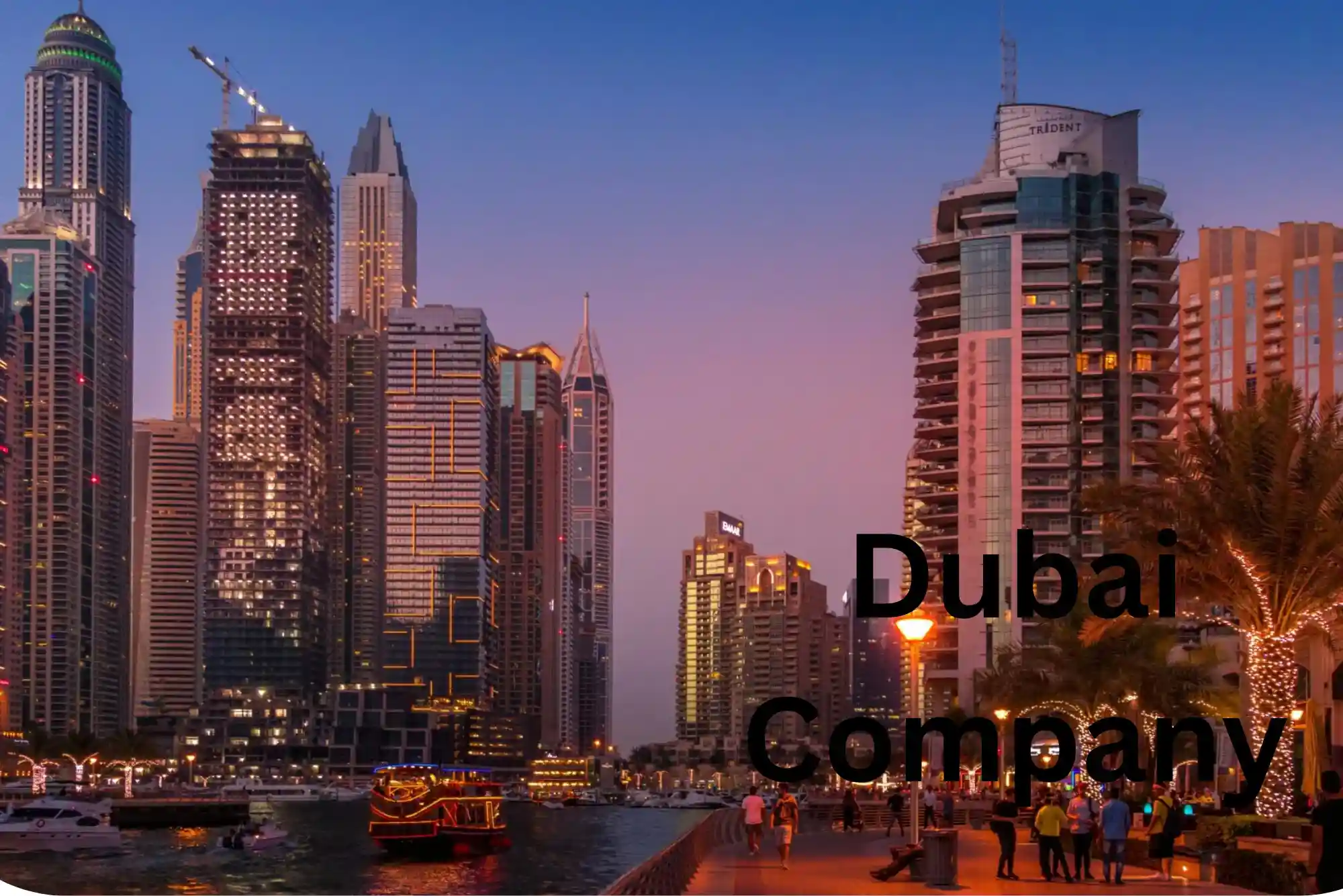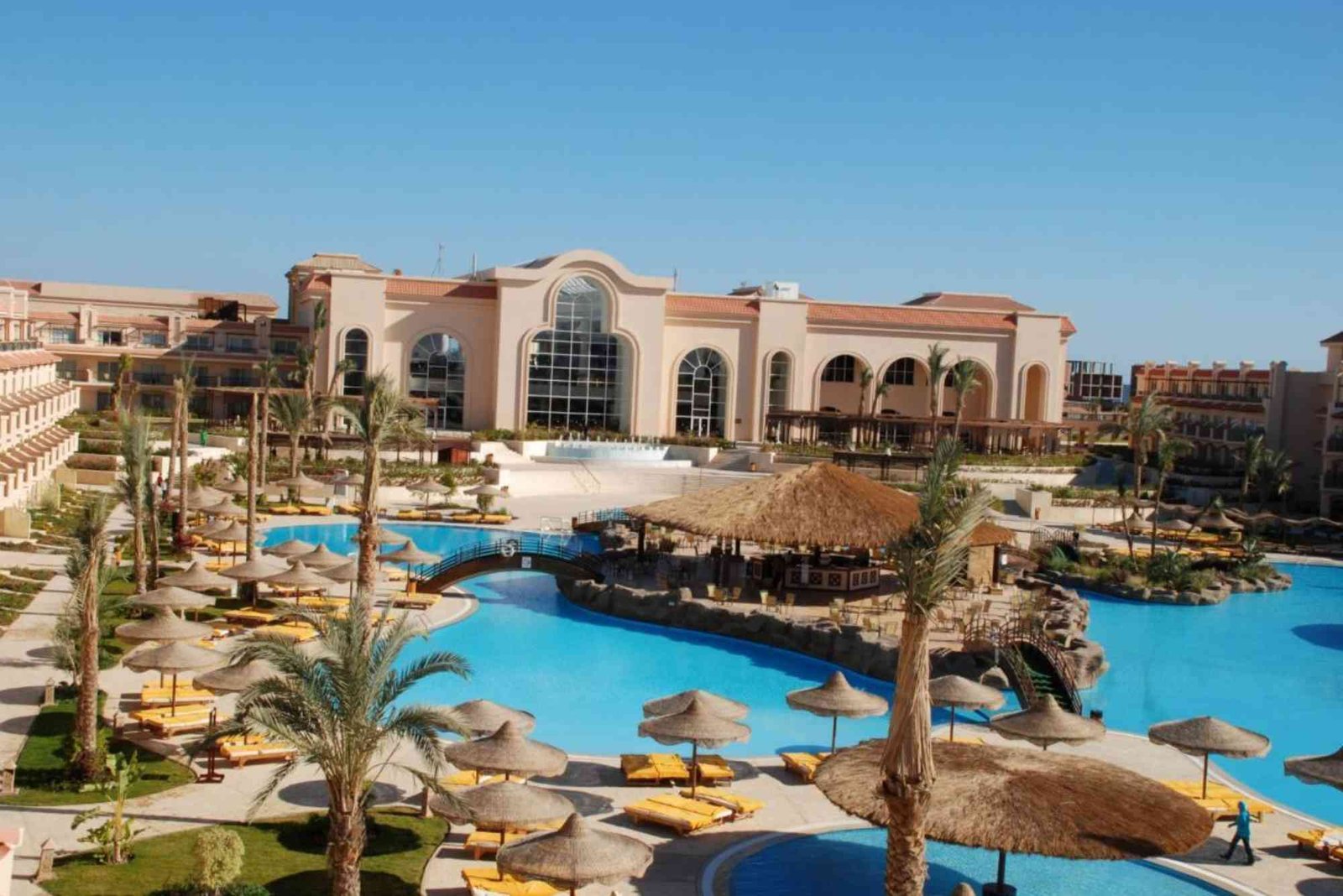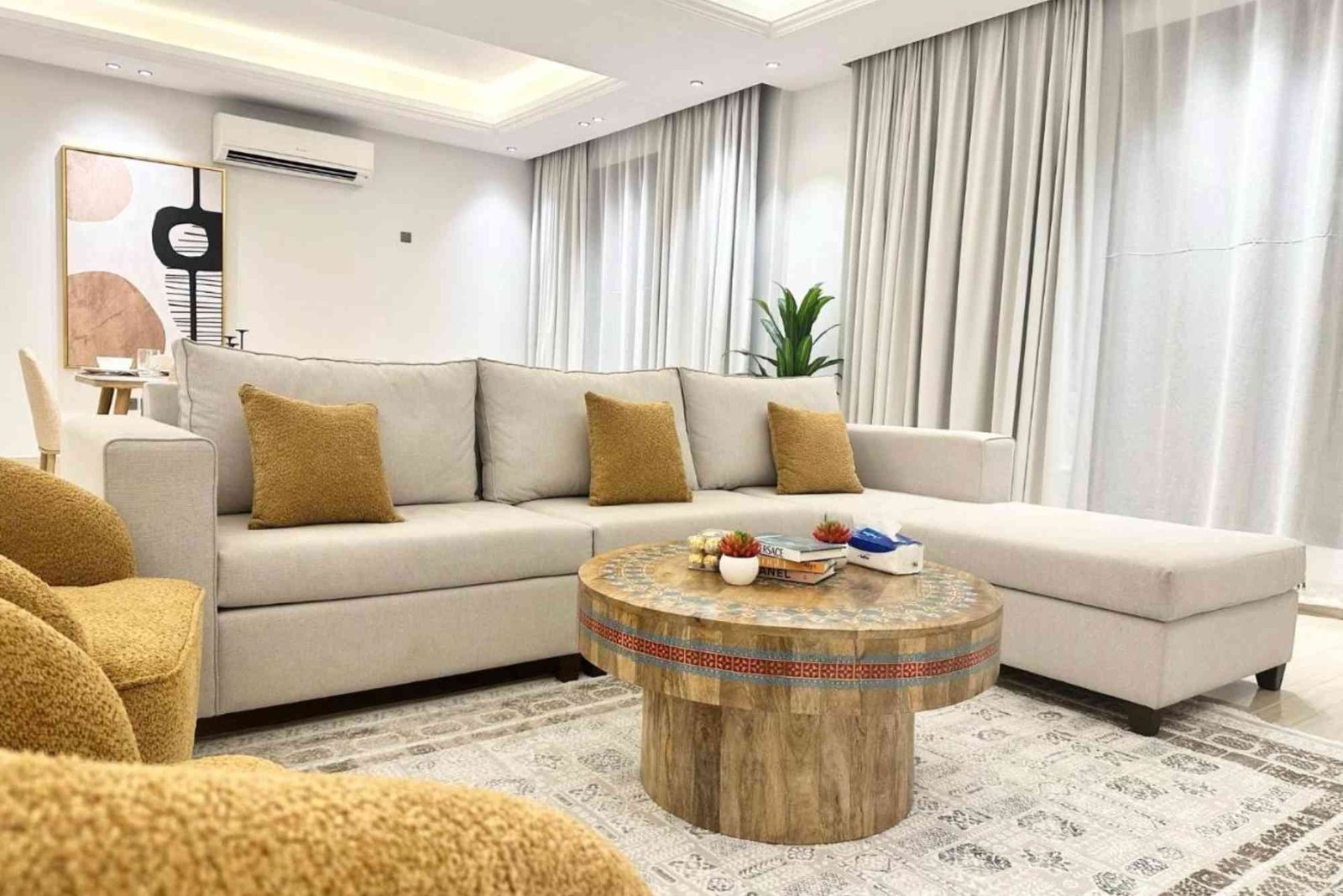In Pakistan’s growing textile and fashion sector, QR codes are revolutionizing how brands engage customers. From hosiery packaging to luxury apparel, QR codes add a digital touchpoint that boosts brand credibility and improves supply chain transparency. Particularly in regions like South Punjab, the integration of smart packaging is helping boutique and SME-level businesses modernize fast—especially with the help of platforms like Buddy Packaging that specialize in hosiery packaging.
Why QR Codes Matter in Pakistan’s Hosiery Sector
Quick Answer: QR codes help local hosiery brands in Pakistan bridge the digital divide by adding interactivity, trust, and trackability to packaging.
Pakistan’s hosiery market contributes significantly to the textile exports of the country. However, most small-to-medium businesses (SMBs) lack digital packaging strategies. QR codes offer a low-cost, high-value method to:
-
Share brand stories and ethical sourcing
-
Link to digital catalogs or websites
-
Track inventory or production cycles
-
Offer promotional discounts and coupons
📊 Stat from STZA: Over 40% of SMEs in Pakistan’s textile hubs are seeking digitization tools to remain competitive post-2023, and QR codes top the list.
What Is a QR Code and How It Works on Hosiery Packaging
Quick Answer: A QR code is a scannable barcode that stores digital data, which can be accessed using smartphones or POS scanners.
On hosiery packaging, a QR code can be printed directly on the label or the packaging sleeve. When scanned, it can:
-
Redirect to a size chart or care instructions
-
Show customer reviews or brand video
-
Authenticate the product (anti-counterfeit)
Example Applications
-
Multan-based manufacturer uses QR codes to show washing guides in Urdu
-
Bahawalpur retailers link QR codes to WhatsApp order forms
-
Rahim Yar Khan startups use dynamic QR codes to offer flash sales
Types of QR Codes Used in Textile Packaging
Quick Answer: Static and dynamic QR codes are most commonly used in hosiery and apparel packaging.
Static QR Codes (permanent URLs):
-
Perfect for care instructions
-
Simple to generate
-
Cost-effective
Dynamic QR Codes (editable URLs):
-
Great for marketing campaigns
-
Allow you to change destination without reprinting
-
Provide analytics like scan rate and geolocation
Benefits of QR Codes for Hosiery Brands in South Punjab
Quick Answer: QR codes enhance consumer trust, reduce manual errors, and improve brand perception in the regional market.
Regional Relevance
-
DG Khan’s Hosiery Units: Use QR codes to authenticate local craftsmanship
-
Bahawalnagar’s Female-Led Enterprises: Use them for storytelling and training links
Key Benefits:
-
Improved supply chain transparency
-
Direct access to consumer feedback
-
Better customer retention through tech touchpoints
🗣 Hypothetical Expert Quote:
“In today’s digital-first economy, even small-scale apparel units in Southern Punjab need smart packaging tools like QR codes to compete nationally,” — CEO Ignite Pakistan.
Designing Hosiery Packaging with QR Codes in Mind
Quick Answer: Place QR codes where they’re easy to see, easy to scan, and do not compromise aesthetic value.
Design Tips:
-
Use high-contrast colors for the QR code
-
Keep a 1cm margin (quiet zone) around the code
-
Avoid overly glossy surfaces that reflect light
-
Test the scan-ability before mass production
Best Placement:
-
Inside fold of the box
-
Back label or hang tag
-
Top sleeve panel of the sock packaging
For high-quality implementation, brands trust services like hosiery packaging by Buddy Packaging to blend design with functionality.
Integrating QR Codes with Inventory and Supply Chain
Quick Answer: QR codes make inventory tracking easier and reduce pilferage through real-time monitoring.
Pakistan’s eCommerce rise—driven by platforms like Daraz and local fulfillment centers in Vehari and Layyah—demands precision in inventory management.
Use Cases:
-
Assign QR codes to batch numbers
-
Scan incoming/outgoing products at warehouses
-
Log production timelines and expiry (for socks with thermal coatings)
Youth Empowerment via QR-Enabled Packaging Startups
Quick Answer: Programs like DigiSkills and NAVTTC are training youth in QR tech integration for local packaging businesses.
In Bahawalpur and Lodhran, DigiSkills-trained youth are offering freelance QR design services to hosiery manufacturers. This provides a dual impact:
-
Boosts employment
-
Drives innovation in traditional sectors
🚀 Example: A youth-led startup in Muzaffargarh generated over 3,000 QR-embedded tags in one month for local sock exporters.
Cost of Adding QR Codes to Hosiery Packaging
Quick Answer: Integrating QR codes is affordable, especially for SMBs using print-on-demand services.
| Item | Cost (PKR Approx.) |
|---|---|
| QR Code Generator (Static) | Free–500 |
| QR Design (Freelancer) | 1,000–3,000 |
| Printing Cost (per 1,000 pcs) | 3,000–6,000 |
Compared to the ROI in branding and customer engagement, the investment is minimal.
Legal and Regulatory Insights in Pakistan
Quick Answer: While not mandatory, QR codes align with Pakistan’s push toward digitalization and smart commerce.
The Pakistan Standards and Quality Control Authority (PSQCA) encourages traceable, smart labeling in exports. QR integration may soon become a requirement for textile exporters.
Tip: Make sure your QR landing pages comply with PTA data policies and GDPR if targeting international buyers.
Future Trends: AI-QR Integration in Hosiery Packaging
Quick Answer: Smart QR codes powered by AI will allow predictive consumer behavior tracking and real-time promotions.
Emerging in Tech Zones like STZA Bahawalpur, startups are exploring:
-
QR codes linked to AR try-ons
-
AI-based purchase prediction
-
Automated reorder via QR
Pakistan’s growing tech infrastructure is paving the way for advanced use cases in textile packaging.
FAQs
1. How do I create a QR code for my hosiery packaging?
Use free or paid QR code generators and link it to your website, contact form, or product guide.
2. Are QR codes effective for local hosiery businesses in Pakistan?
Yes, especially in areas like Multan, Bahawalpur, and DG Khan where digital reach is expanding.
3. Can I track QR scans for analytics?
Yes, if you use dynamic QR codes. They let you monitor how many scans you get and from where.
4. What’s the best position for QR codes on packaging?
Back labels, sleeves, or inside folds that are easy to spot but don’t spoil the design.
5. How do QR codes improve customer experience?
They provide quick access to information, reduce post-sale queries, and build brand credibility.
6. Do I need special software to read QR codes?
No. Most smartphones now have QR scanners built into their cameras.
7. Are QR codes expensive to implement for SMEs?
Not at all. The tools and printing costs are very budget-friendly and scalable.
Final Thought
As someone who’s worked closely with South Punjab’s local entrepreneurs and SMEs, I’ve witnessed the transformation digital tools like QR codes can bring. From Bahawalnagar to Multan, local sock makers are using smart packaging to leap into the digital economy—without needing big budgets or complex tech.
Incorporating QR codes into hosiery packaging isn’t just about going digital—it’s about future-proofing your business, engaging smarter, and opening doors to global markets. With rising youth involvement, government training programs, and tech-friendly vendors like Buddy Packaging, now is the perfect time to integrate QR technology into your product strategy.





